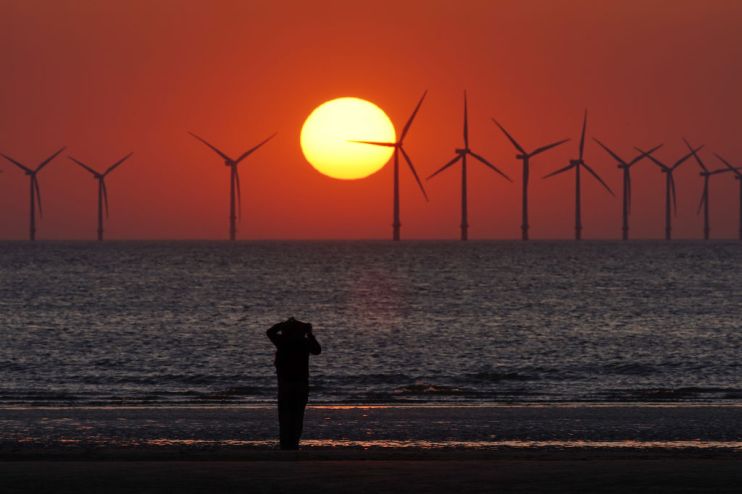National Grid completes £1.7bn subsea cable project connecting UK to Denmark

The National Grid has boosted the UK’s green energy hopes and supply security ambitions, after completing the world’s longest land and subsea interconnector – stretching for 475 miles between the country and Denmark.
The Viking Link interconnector joins the UK’s electricity grid with Denmark, the culmination of a £1.7bn joint venture between National Grid and Danish system operator Energinet.
With the cables now fully laid, the interconnector is expected to come online by the end of the year, enabling the sharing of enough green electricity to power 1.4m UK homes.
Flowing at the flick of a switch, interconnectors can respond quickly to changes in supply and demand, making them an ideal partner to intermittent renewable energy.
The final section of high voltage subsea cable, which joins Bicker Fen in Lincolnshire with Jutland in Denmark, was completed offshore in the North Sea by Prysmian’s Cable Laying Vessel “Leonardo da Vinci” and its team.
Rebecca Sedler, managing director for interconnectors said: “This is a fantastic moment for the UK and Denmark, and a key milestone for the world record project as we join the electricity networks of our two countries for the first time. After years of planning and construction work, today’s announcement is testament to the hard work and dedication of our team and our partners on both sides of the connection.
“Interconnectors bring huge benefits to the UK, acting as clean energy super-highways, allowing us to move surplus green energy from where it is generated to where it is needed the most. That means that we can import cheaper and cleaner energy from our neighbours when we need it, and vice versa.
Viking Link is National Grid’s sixth interconnector.
The company already has five operational cables joining the UK with France (IFA and IFA2), The Netherlands (BritNed), Belgium (Nemo Link) and Norway (North Sea Link).
Between 2020 and 2030, National Grid expects its interconnectors will have helped the UK to avoid around 100m tonnes of carbon emissions and by 2030.
Around 90 per cent of the energy imported through the company’s interconnectors will be from zero carbon energy sources.
It comes with the government target a full decarbonisation of the energy grid by 2035, and net zero carbon emissions over the next three decades.
The UK will also rely on interconnectors to supply sufficient power amid renewable intermittency when demand rises this winter, according to the latest electricity system operator forecasts.